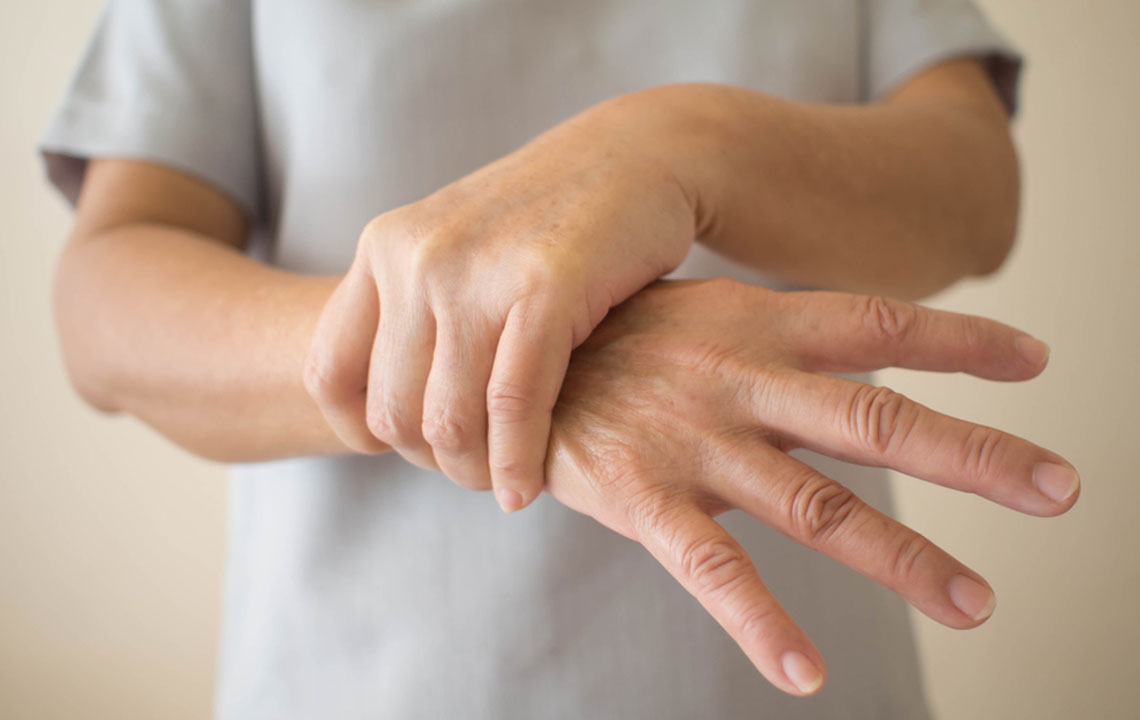Everything you need to know about essential tremors
Neurological disorders are those that affect the nervous system. Essential tremor is one such disorder that causes rhythmic shaking of any part of the body. Signs of essential tremor can also be seen in the head, neck, torso, tongue, and face of a person. It is involuntary and is most often felt in the hands.
What are essential tremors?
The root cause of essential tremors is not yet known. It is a brain activity that is abnormal and is caused by the thalamus. It is a genetic condition which has a 50% chance of getting passed onto the next generation.

An essential tremor is most noticed when the person is performing simple tasks like tying the laces or holding a glass of water. Though it is not a dangerous condition, it can worsen over time. There are cases where it can be severe as well. Essential tremor signs can easily be confused with other conditions like Parkinson’s disease.
Signs and symptoms of essential tremor
The frequency of the tremors cannot be predicted. Also, the signs of essential tremor may not be the same on both sides of the body.
There are two types of essential tremors that you need to know about.
- The constant shaking in the hands while performing even the most basic activities is the most common sign of this condition.
- When the tremors affect the neck or the head, it can make it move side to side or even up and down.
- Twitching in parts of the face especially eyelids can be noticed.
- When it affects the tongue, one can experience slurring of the speech.
- If it has affected the legs, it may lead to an imbalance while walking or even have you walking with a gait.
These are few telltale signs that can help you stay alert. The extent of essential tremor signs in some cases are very minor and so they even go unnoticed. On the other hand, if it is severe, it may become very difficult to go through everyday life. Extreme signs of essential tremors need timely treatment and care to let the individual live a normal life.

